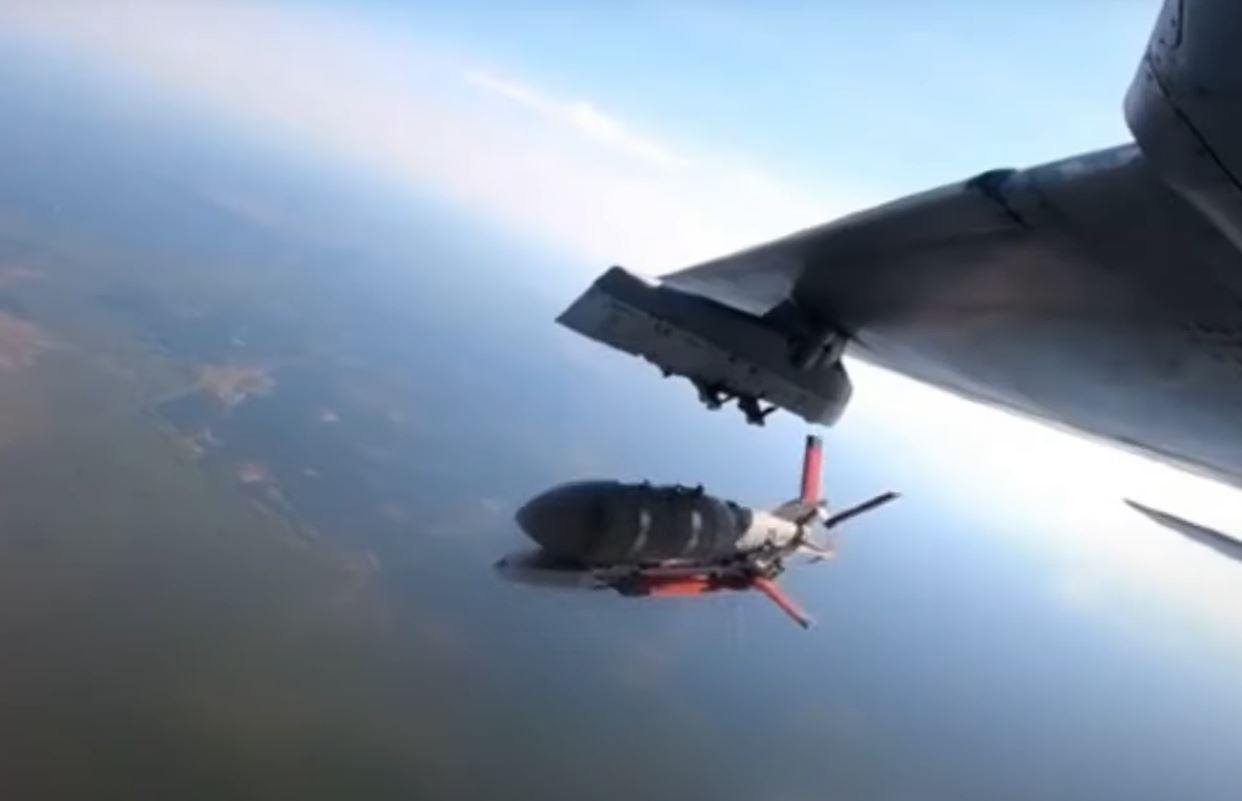The NATO Innovation Challenge hackathon this year focused on one of the war’s most urgent threats — developing systems to detect, intercept, and destroy Russian guided aerial bombs, also known as KABs. Full deployment of the winning systems is planned in Ukraine by the end of 2025, writes Espreso.
Winner and top solution: artificial intelligence Alta Ares
The winner was the French system Alta Ares. Judges highly valued its AI-based solution for detecting, identifying, and predicting the flight trajectory of guided bombs.
The system uses artificial intelligence algorithms to process video and acoustic data.
It supports two key functions: alerting troops in the predicted impact zone to activate electronic warfare measures, and taking cover to protect personnel from a bomb that may no longer hit its target precisely.
“Additionally, the system allows predicting potential directions of a Russian attack for preventive actions,” explains Defense Express.
Alta Ares adapted an existing reconnaissance platform for the task of intercepting KABs. This enables early warnings for units, allowing them to activate electronic warfare tools or take cover.
Drones and swarms: Tytan and Atreyd as physical response
Second place went to the German startup Tytan Technology, which developed a low-cost anti-air drone interceptor (range up to 20 km, speed up to 300 km/h, takeoff weight 5 kg). They adapted a platform previously used against UAVs for KAB interception — cheap production (3D printing) and machine vision were key advantages.
Third place was awarded to the French Atreyd, which proposed an autonomous swarm of kamikaze drones, forming “drone walls” to physically block or destroy bombs in flight.
Multi-layered approach and what it brings to Ukraine
The Ukrainian defense ministry reported that for the first time, Ukrainian representatives were allowed to participate in the Innovation Challenge, whereas previously it was limited to NATO member states.
The Ukrainian team received a special prize at the hackathon for countering electronic warfare.
At the same time, NATO’s press service noted that testing these winning systems in the field demonstrated the value of a multi-layered defense approach.




